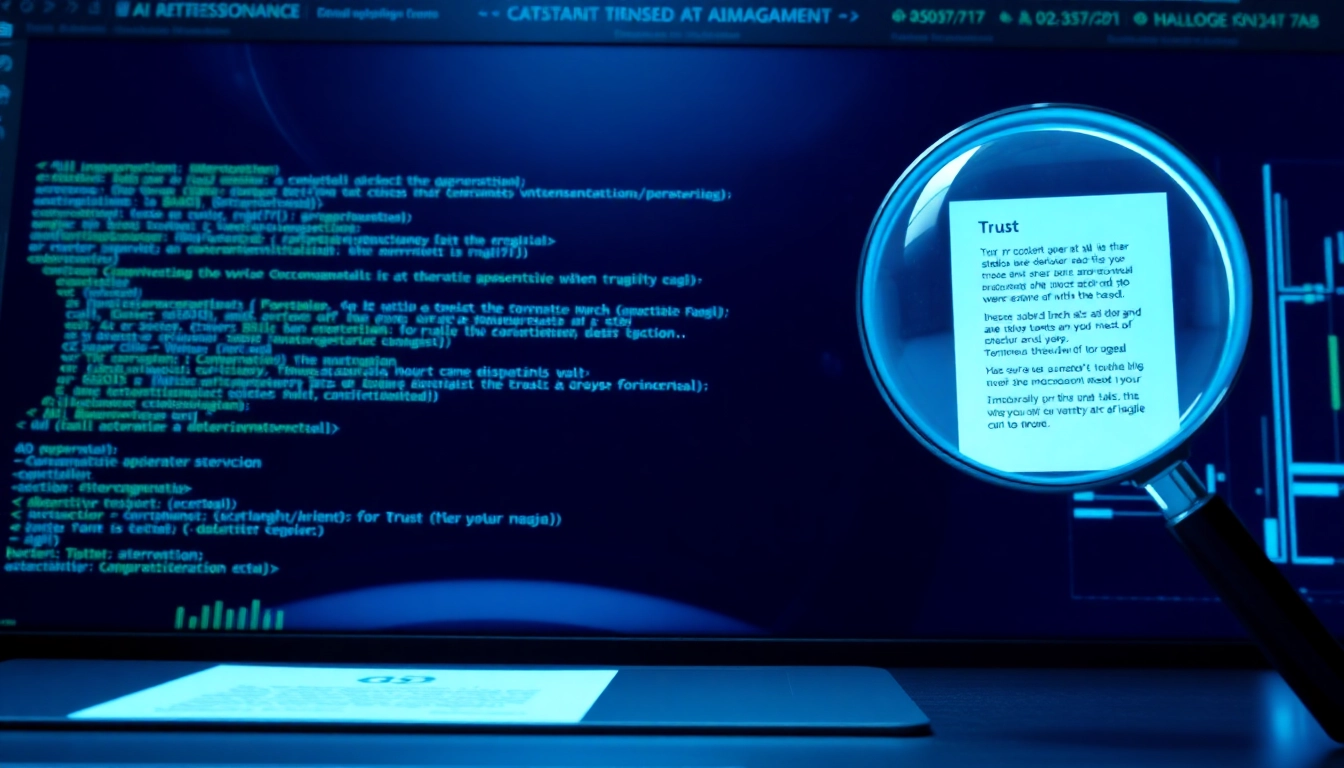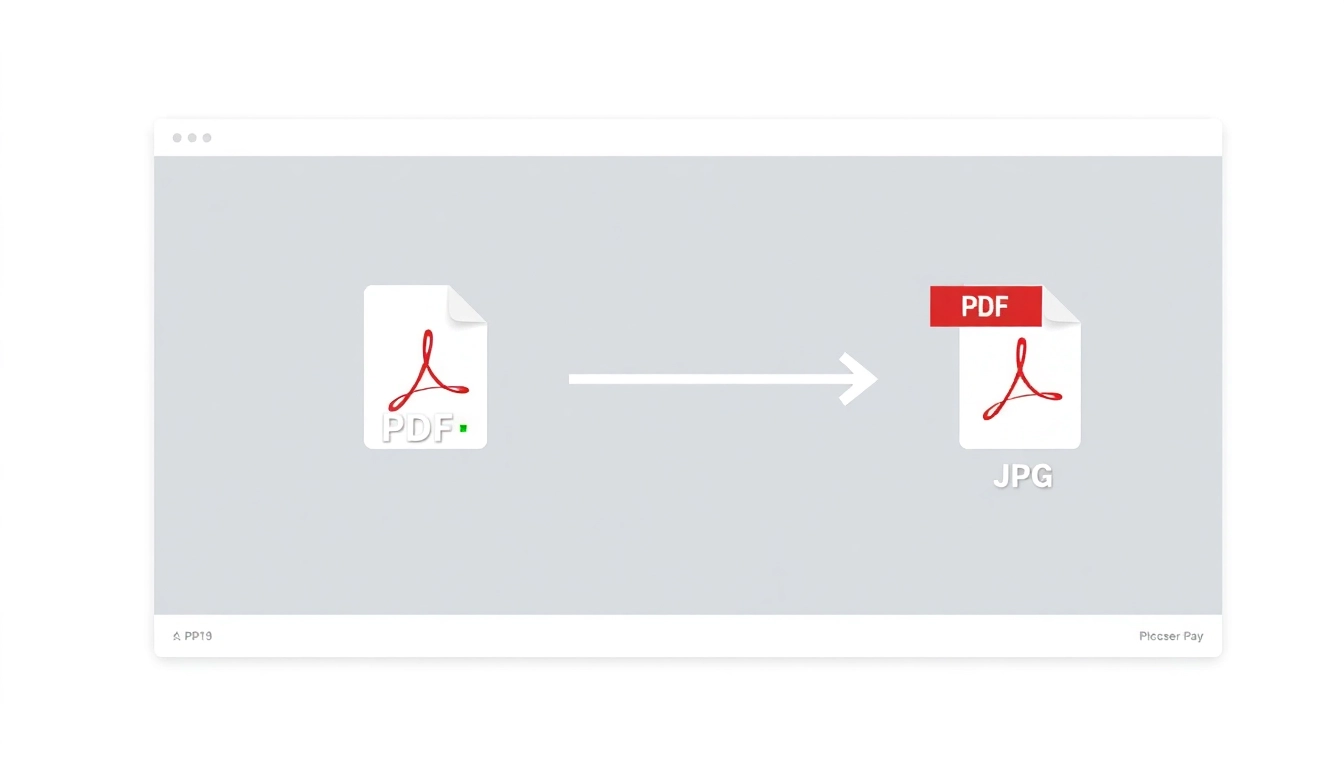Introduction to CIRT
The landscape of cybersecurity is constantly evolving, marked by ever-changing threats that target digital assets. In this realm, organizations require a robust defense mechanism to mitigate risks associated with cyber incidents. Enter the cirt, or Computer Incident Response Team, a specialized group dedicated to managing and mitigating such crises. Understanding the vital role of a CIRT is paramount for businesses aiming to safeguard their infrastructure and sensitive information.
What is CIRT?
A Computer Incident Response Team (CIRT) is a formalized group within an organization tasked with responding to cybersecurity incidents. These incidents can range from data breaches and malware attacks to general security vulnerabilities. The CIRT’s primary objective is to effectively manage the incident to limit damage, recover lost data, and prevent future occurrences. This organized approach not only helps resolve immediate threats but also fosters a culture of resilience and preparedness across the organization.
CIRT’s Importance in Cybersecurity
The significance of a CIRT cannot be overstated, as cyber incidents can result in substantial financial, reputational, and operational impacts. With statistics suggesting that many companies experience recurring security breaches, a proactive response capability is essential. A CIRT plays a critical role in not only thwarting these threats but also in enhancing the overall security posture of the organization. By implementing strategic incident management practices, a CIRT can help minimize downtime, protect assets, and safeguard customer trust.
Key Functions and Responsibilities of CIRT
At the core of a CIRT’s operations are several key functions and responsibilities:
- Incident Identification: Detecting potential threats and confirming incidents through continuous monitoring of systems.
- Incident Management: Coordinating efforts during an incident response, managing communications, and mobilizing resources.
- Threat Analysis: Analyzing the nature of the threat and its potential impact on organizational operations.
- Remediation: Developing and implementing strategies to mitigate the impact of an incident, recover affected systems, and restore services.
- Post-Incident Review: Conducting an analysis after an incident to assess response effectiveness and improve future procedures.
CIRT Structure and Team Composition
Understanding the structure of a CIRT is vital for developing an efficient and effective incident response capability. The team can vary widely in size and complexity depending on the organization’s specific needs.
Roles Within a CIRT
A typical CIRT comprises several distinct roles that collaboratively handle cybersecurity incidents:
- CIRT Manager: Oversees all CIRT operations and coordinates between different stakeholders within the organization.
- Security Analysts: Responsible for detecting anomalies, conducting forensic analysis, and recommending preventive measures.
- Communications Officer: Manages internal and external communications to stakeholders and clients during an incident.
- Legal Advisor: Provides counsel regarding legal implications and compliance issues related to security incidents.
- IT Support Staff: Assist in restoring systems and maintaining ICT infrastructure.
Essential Skills for CIRT Members
The effectiveness of a CIRT hinges on the skills and expertise of its members. Essential skills include:
- Technical Proficiency: Knowledge in various aspects of IT security, networking, and system administration.
- Analytical Skills: Ability to evaluate complex data sets and identify vulnerabilities and threats.
- Crisis Management: Skills in handling high-pressure scenarios and making quick, informed decisions.
- Communication Skills: The capability to convey technical information clearly to non-technical stakeholders.
- Continuous Learning: Staying updated on the latest cybersecurity trends and threats through ongoing education.
Team Dynamics and Collaboration Strategies
Successful incident response relies heavily on collaboration. Here are strategies to enhance teamwork within a CIRT:
- Regular Training: Conduct scenario-based training exercises to sharpen team response skills and improve overall cohesion.
- Clear Communication Protocols: Establishing defined communication channels ensures information flows seamlessly during a crisis.
- Post-Incident Debriefs: Following an incident, the team should reflect on performance, identify lessons learned, and make necessary adjustments to protocols.
Incident Response Lifecycle and CIRT
The incident response lifecycle outlines critical stages a CIRT follows in response to cybersecurity incidents. Each phase is interrelated and essential for effective management.
Preparation and Prevention: CIRT’s Proactive Role
One of the most crucial aspects of a CIRT’s role is preparation. This involves establishing policies, tools, and educational programs to prevent incidents before they occur. Elements of proactive preparedness include:
- Risk Assessment: Regularly evaluating the organization’s vulnerabilities and threats to inform security measures.
- Incident Response Plans: Developing clear and comprehensive plans detailing roles, responsibilities, and procedures for responding to different types of incidents.
- Security Awareness Training: Providing continuous training for employees to recognize social engineering attacks and other common threats.
Incident Detection: Tools and Techniques Used by CIRT
Once prepared, the CIRT must concentrate on detection. Utilizing advanced tools and techniques is essential:
- Intrusion Detection Systems (IDS): Monitoring network traffic to identify unusual patterns that may indicate a compromise.
- Log Monitoring: Analyzing log data from systems and applications to catch anomalies and trace activities.
- Threat Intelligence: Leveraging threat intelligence feeds to gain insights into emerging threats and vulnerabilities.
- Employee Reports: Encouraging a culture of openness where employees can report suspicious activities or breaches.
Response and Recovery Plans by CIRT
During an incident, the CIRT must implement an effective response plan. Key components include:
- Containment Strategies: Steps to limit the spread of an incident and protect unaffected systems.
- Eradication: Identifying the root cause and removing the source of the threat from the system.
- Recovery Procedures: Restoring affected systems and ensuring they are secure before bringing them back online.
- Communication Plans: Keeping stakeholders updated throughout the response and recovery processes.
Best Practices for Effective CIRT Operations
To maximize the effectiveness of CIRT operations, certain best practices should be adopted:
Developing a CIRT Playbook
A well-crafted playbook is essential for guiding CIRT responses. A playbook should:
- List common incident types and the corresponding response strategies for each.
- Include clear contact information for all CIRT members and other stakeholders.
- Outline protocols for communicating with external entities such as law enforcement, clients, and the media.
- Establish procedures for documentation and reporting to ensure thorough records of incidents.
Continuous Improvement and Training
Cybersecurity is a constantly evolving field, making ongoing training critical. Strategies for continuous improvement include:
- Regular Updates to Response Plans: Reviewing and refining incident response plans based on trends and emerging threats.
- Conducting Simulations: Running regular tabletop and live-fire exercises to test and enhance team preparedness.
- Feedback Mechanisms: Implementing structures to gather feedback post-incident, ensuring lessons learned inform future practices.
Metrics for Measuring CIRT Effectiveness
Tracking the effectiveness of a CIRT is essential for demonstrating value and improving processes. Key metrics include:
- Response Times: Measuring the time taken to detect, respond, and recover from incidents.
- Incident Frequency: Monitoring the number and types of incidents over time to identify patterns and inform prevention strategies.
- Cost of Incidents: Assessing financial impacts, including downtime and recovery costs associated with incidents.
- Post-Incident Review Scores: Evaluating team performance during incident responses through structured review processes.
Challenges Facing CIRT in Today’s Cyber Landscape
As cyber threats become more sophisticated, CIRT teams face numerous challenges that require strategic planning and adaptation.
Evolving Threats and Response Adaptations
The dynamic nature of cyber threats means that CIRT must remain agile. New attack vectors, such as ransomware and advanced persistent threats (APTs), require CIRTs to continuously evolve their response strategies. This necessity for adaptation entails ongoing threat research and the flexibility to rapidly incorporate new tools and techniques into existing plans.
Resource Allocation and Budgeting for CIRT
Limited resources often hinder the capabilities of CIRTs. Striking a balance between invested resources and required capabilities is crucial. Organizations must recognize the importance of adequately funding CIRT operations while making informed decisions based on risk assessments. This may involve cross-departmental collaboration to ensure the necessary financial and personnel resources are available.
Future Trends in CIRT and Cybersecurity
The future of CIRT operations will likely be shaped by several factors:
- Increased Automation: The integration of AI and machine learning for threat detection and incident management may significantly enhance CIRT capabilities.
- Collaboration Across Industries: Industry-wide sharing of threat intelligence and pooled resources may lead to stronger incident response networks.
- Focus on Cyber Resilience: Preparing not just to respond but to recover from cyber incidents swiftly will become a focal point for CIRT strategies.
In conclusion, as organizations continue to face unprecedented cybersecurity challenges, the importance of a well-structured CIRT cannot be overstated. By understanding the roles, responsibilities, and strategies of a CIRT, organizations can not only defend against cyber threats but also foster a culture of cybersecurity awareness and resilience, ultimately enabling smarter, safer business operations.




